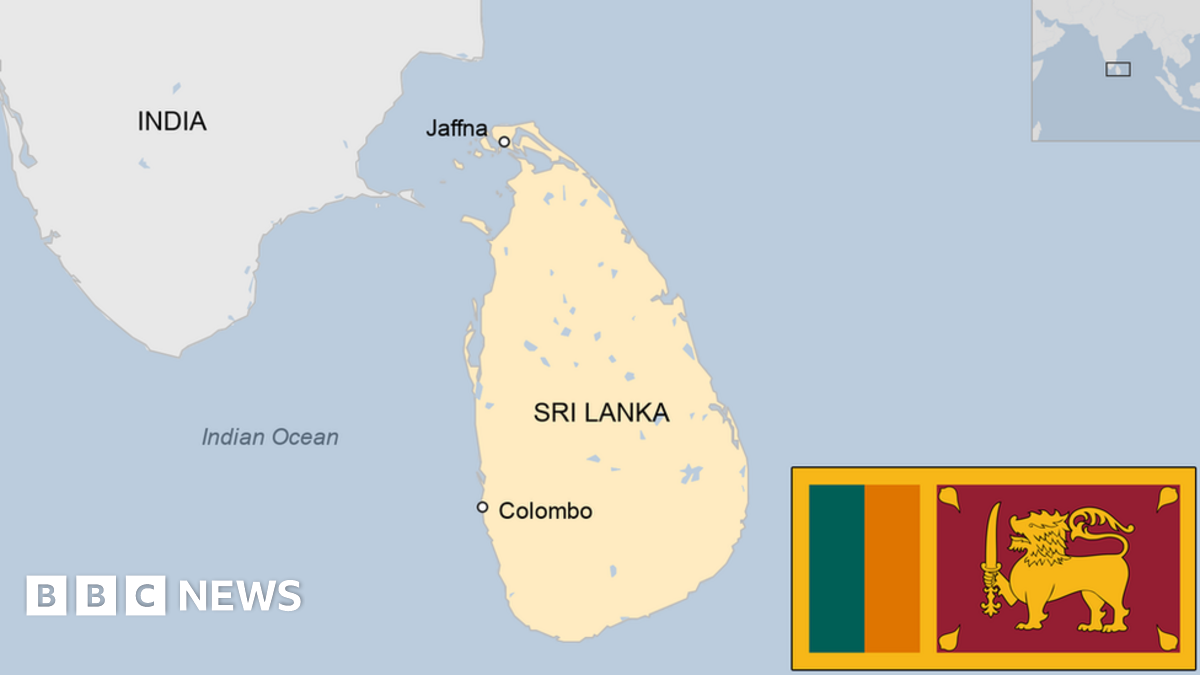- A Seismic Awakening: Sumatra Shakes with a 6.6 Magnitude Earthquake
- The Enigma of Depth: Unraveling the Layers of the Sumatra Earthquake
- Sri Lanka’s Tidal Anxiety: Navigating the Tsunami Threat
- Echoes of the Earthquake: Narratives from Those Who Felt the Tremors
- A Global Tapestry of Concern: The Rising Tide of Earthquake Incidents
- Trail of Destruction: Recent Earthquakes Unveil Nature’s Fury
- Advocating Vigilance: Strengthening Global Resilience Amid Uncertainty
- Building Shields: Vigilance, Preparedness, and Swift Response Mechanisms
- Embracing Unity: A Unified Front Against Earth’s Unrest
Find the possible seismic effects of a Sumatra earthquake of magnitude 6.6, bearing in mind that Sri Lanka may experience initial tsunami threats. The depth of the incident, worldwide issues, and firsthand accounts are revealed by our in-depth reporting. Learn about the most recent developments regarding the “earthquake in Sumatra” and how they affect “Sri Lanka.”
A Seismic Awakening: Sumatra Shakes with a 6.6 Magnitude Earthquake
Strong seismic activity with a Richter scale value of 6.6 struck Northern Sumatra’s West Coast early on Saturday, December 30. The effects of this earthquake extended beyond its immediate vicinity, as it created a tsunami threat in Sri Lanka, contributing to the increasing concern around the increase in seismic events worldwide.
The Enigma of Depth: Unraveling the Layers of the Sumatra Earthquake
The fact that the depth of this earthquake was only 10 kilometers—a relatively shallow depth—is one of the important factors that requires our attention. Exploring the depths of seismic activity is essential to understanding the possible consequences and anticipating the possibility of aftershocks.
Sri Lanka’s Tidal Anxiety: Navigating the Tsunami Threat
Following the earthquake in Sumatra, Sri Lanka was placed on high alert because of the possibility of a tsunami. The first alert caused tremors throughout the area, leading the authorities to act quickly to take preventative action. But after that, residents of Sri Lanka were relieved to learn that the tsunami threat alert had been withdrawn.
Echoes of the Earthquake: Narratives from Those Who Felt the Tremors
Even though the Northern Sumatra earthquake’s West Coast was spared major damage, the people it struck still bear the scars. Personal narratives that described the unsettling experiences of individuals experiencing the tremors emerged, highlighting the psychological effects that these seismic events can have on communities.
A Global Tapestry of Concern: The Rising Tide of Earthquake Incidents
The increase in earthquakes over the last year has raised concerns throughout the world. Nearly every day, reports about seismic activity surface from all over the world. Even though the majority of these earthquakes are small and go unreported, occasions like the most recent one in Sumatra highlight the possible risks associated with natural catastrophes.
Trail of Destruction: Recent Earthquakes Unveil Nature’s Fury
The world has seen multiple earthquakes in the last few months, each leaving destruction in their wake. Last year, a disastrous earthquake struck Indonesia; this year, major seismic events occurred in Turkey and Syria, causing extensive damage. In the months prior, Morocco, Afghanistan, and Nepal struggled with the fallout from strong earthquakes. China experienced yet another devastating earthquake on the evening of December 18. Even though not every earthquake causes extensive damage, the total effect of these occurrences highlights how erratic Earth’s tectonic movements can be.
Advocating Vigilance: Strengthening Global Resilience Amid Uncertainty
When one considers the most recent Sumatra earthquake, it is a sobering reminder of how vulnerable areas are to seismic activity. To lessen the possible effects of such natural disasters, the international community must work together to increase resilience, put policies in place to protect populations that are particularly at risk, and create efficient early warning systems.
Building Shields: Vigilance, Preparedness, and Swift Response Mechanisms
Being vigilant, organised, and equipped with quick reaction systems are essential for managing the possible aftermath of natural calamities. The recent Sumatra earthquake emphasises the necessity of teamwork in constructing early warning systems, strengthening infrastructure, and instructing locals on safe evacuation methods.
Embracing Unity: A Unified Front Against Earth’s Unrest
In summary, a coordinated international response is required due to the increasing frequency of earthquakes. It is essential to collaborate internationally on research, to share expertise, and to support at-risk regions. Together, we can navigate the uncertainties posed by Earth’s movements and work towards creating a world that is safer and more resilient.
Through this deeper investigation, we have gained a better understanding of the recent Sumatra earthquake and highlighted the critical necessity for international cooperation given the unpredictability of Earth.






